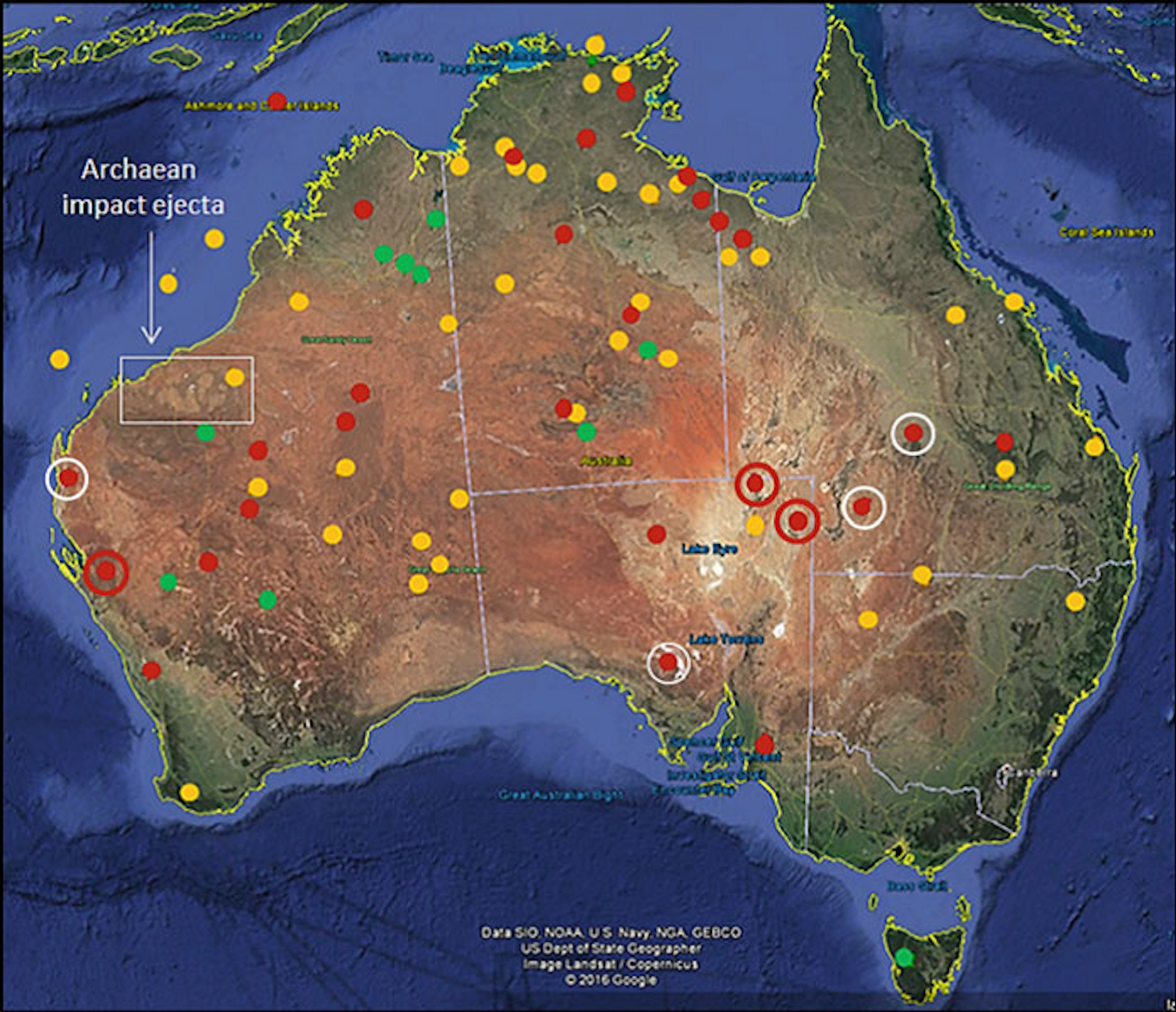Space news stories
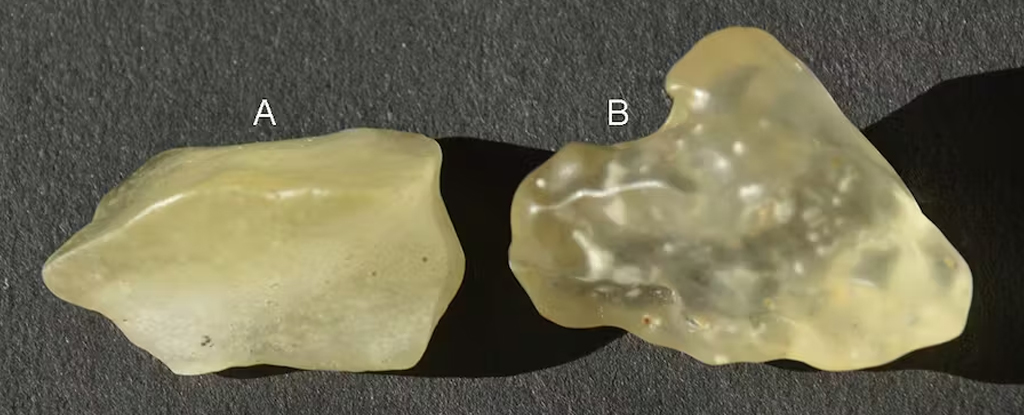
The Great Sand Sea Desert stretches over an area of 72,000km² linking Egypt and Libya. If you find yourself in a particular part of the desert in south-east Libya and south-western parts of Egypt, you’ll spot pieces of yellow glass scattered across the sandy landscape.
Using the James Webb Space Telescope, an international team…has discovered the most distant barred spiral galaxy similar to the Milky Way that has been observed to date. The research, published in Nature, was led by scientists at the Centro de Astrobiología in Spain.
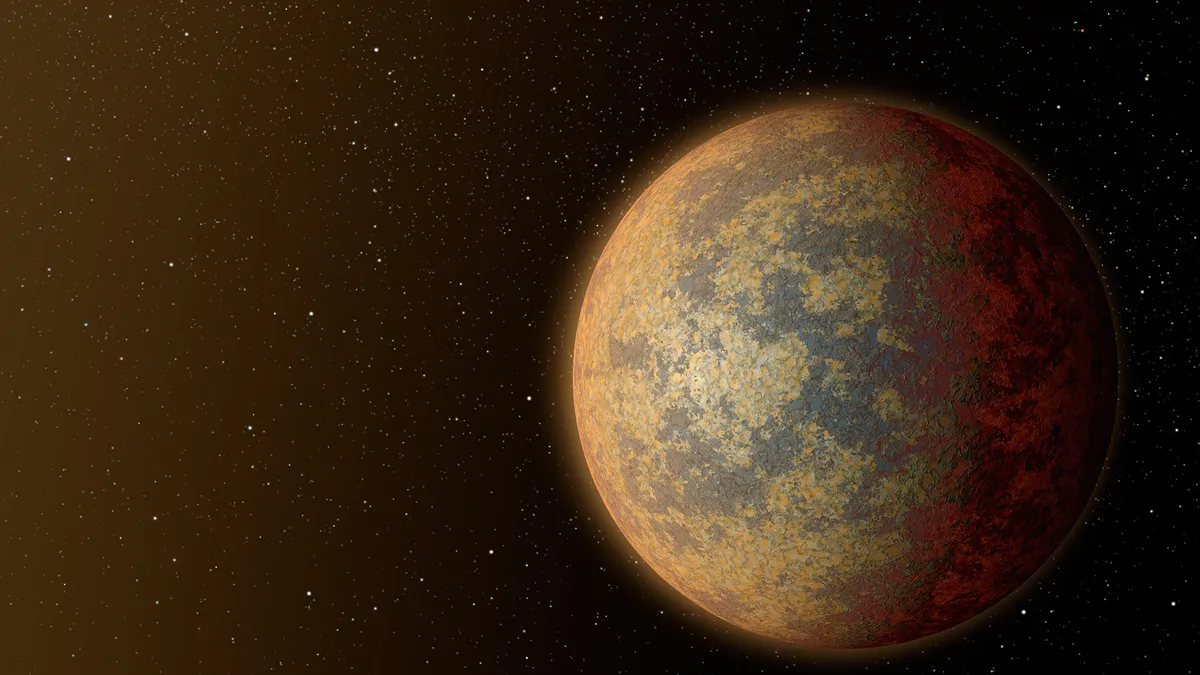
Several exoplanets at the edge of our galaxy could have formed continents — and advanced life — 5 billion years earlier than Earth, new research suggests.
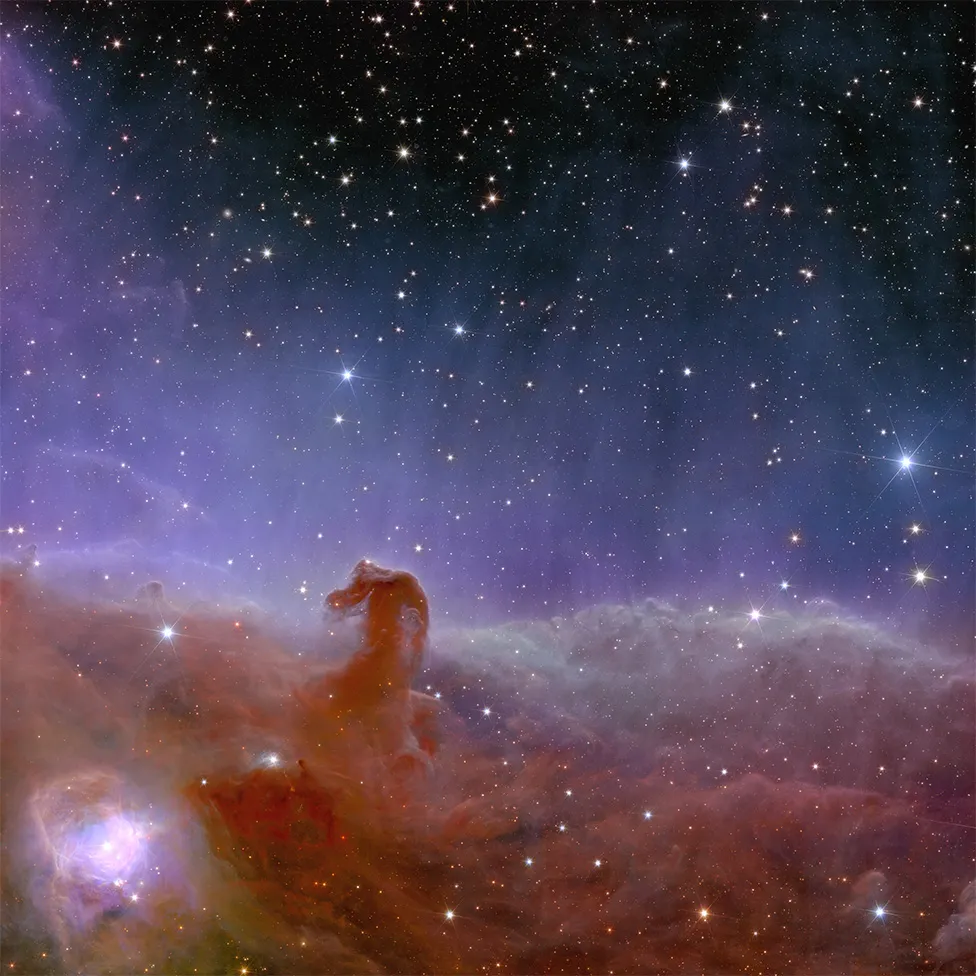
Over the next six years, Euclid will survey a third of the heavens to get some clues about the nature of so-called dark matter and dark energy.
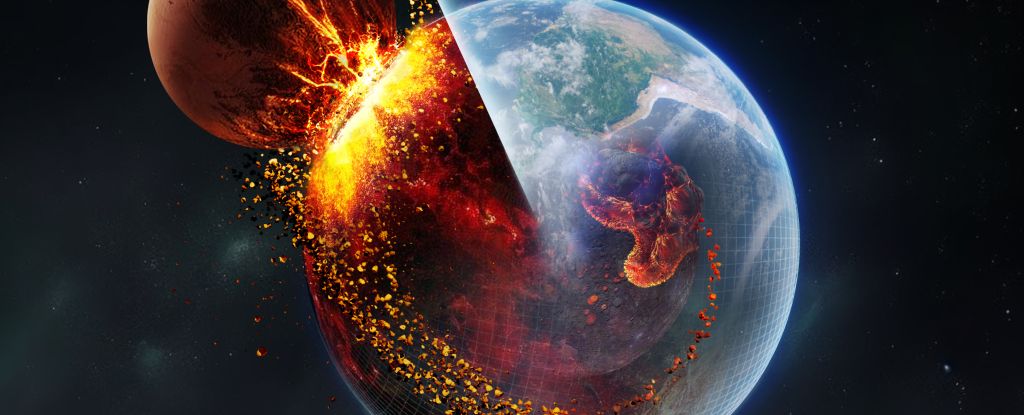
Some 4.5 billion years or so ago, scientists believe, something big smacked into Earth and knocked it ass over teakettle. The result was a bunch of debris hurled into space, swirling around until it formed the Moon. Of the big object, thought to be the size of Mars, and named Theia, nothing much was left. Or so we thought. See the research here.
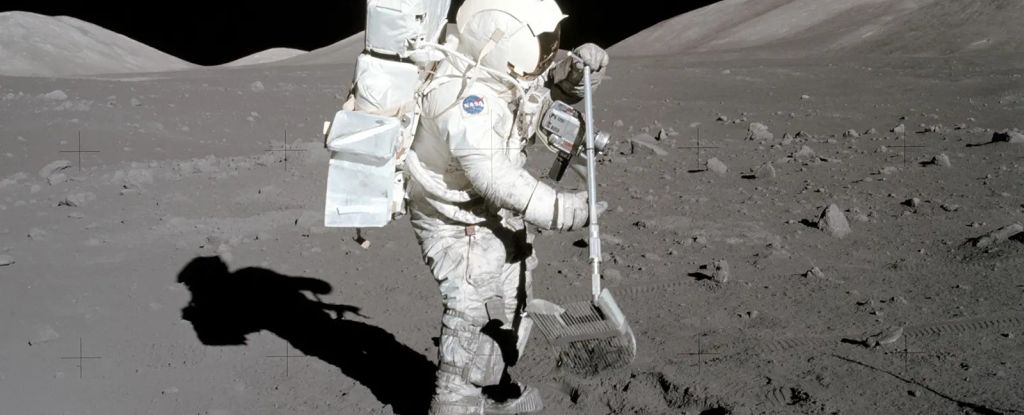
The Moon’s youthful good looks are apparently deceptive. A new study of tiny grains of zircon in Apollo lunar samples suggests that it’s even older than we thought, by a good 40 million years. The research is due to be published in Geochemical Perspectives Letters.
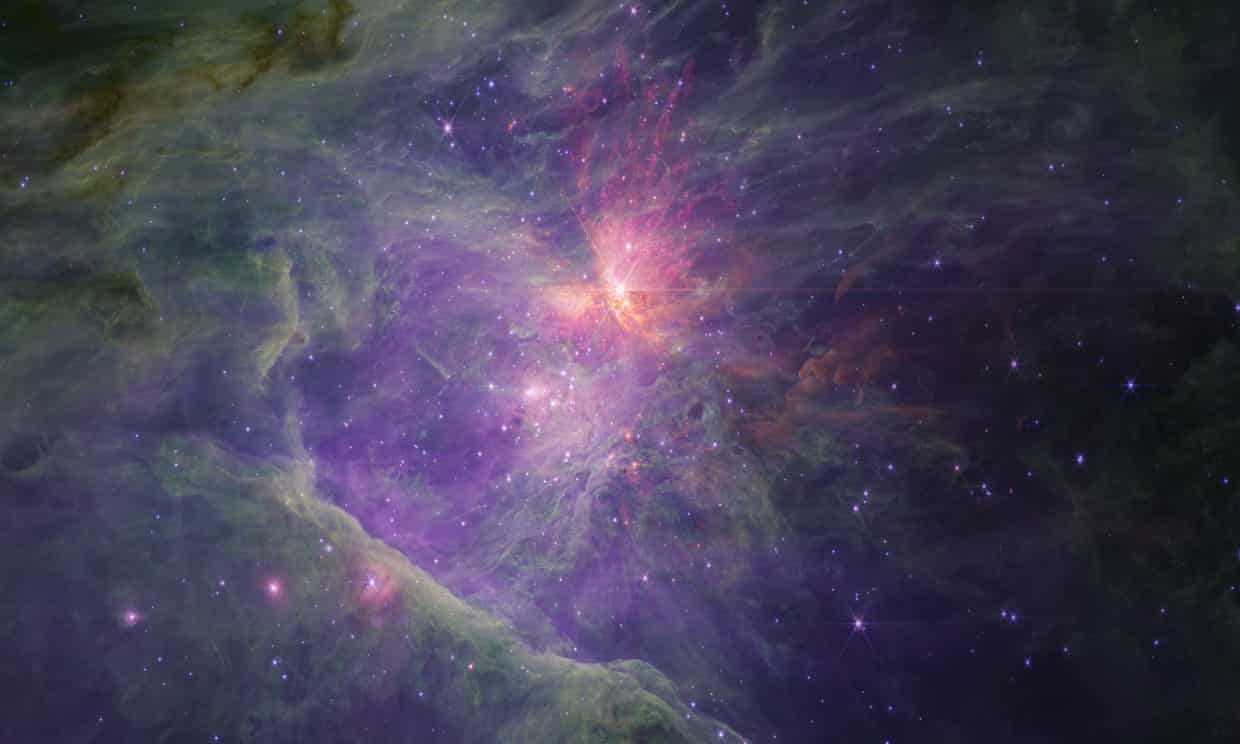
Dozens of planet-sized objects have been discovered in the Orion Nebula via observations that could herald the existence of a new astronomical category…The objects are too small to be stars, but also defy the conventional definition of a planet because they are not in orbit around a parent star.
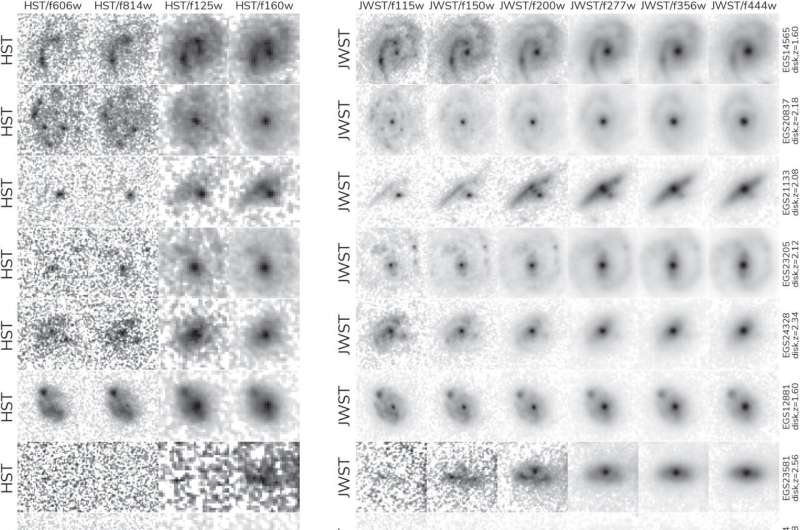
Galaxies from the early universe are more like our own Milky Way than previously thought, flipping the entire narrative of how scientists think about structure formation in the universe, according to new research.
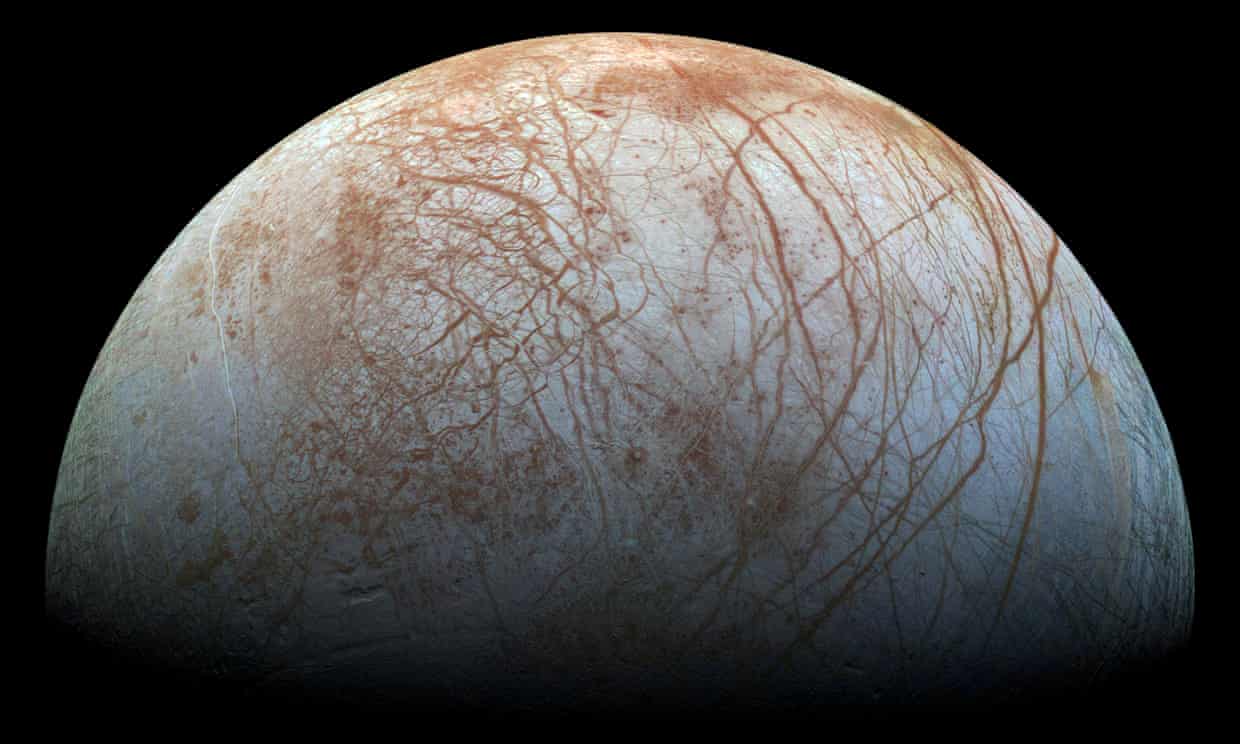
The vast subterranean ocean of Europa, one of Jupiter’s many moons, contains carbon, one of the crucial ingredients for life, scientists have discovered.
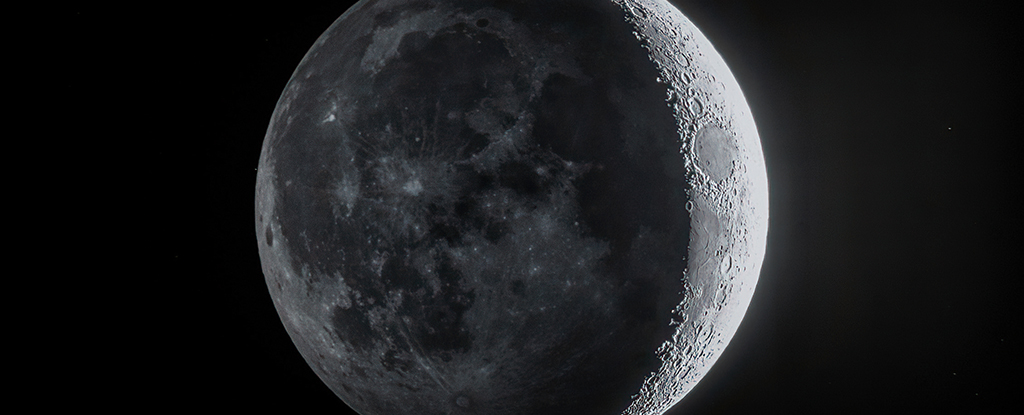
We know there’s ice on the Moon – what’s less clear is where it came from. A new study suggests that waves of electrons, arriving indirectly from Earth and the Sun, are contributing to the formation of frozen water on the lunar surface. The research has been published in Nature Astronomy.
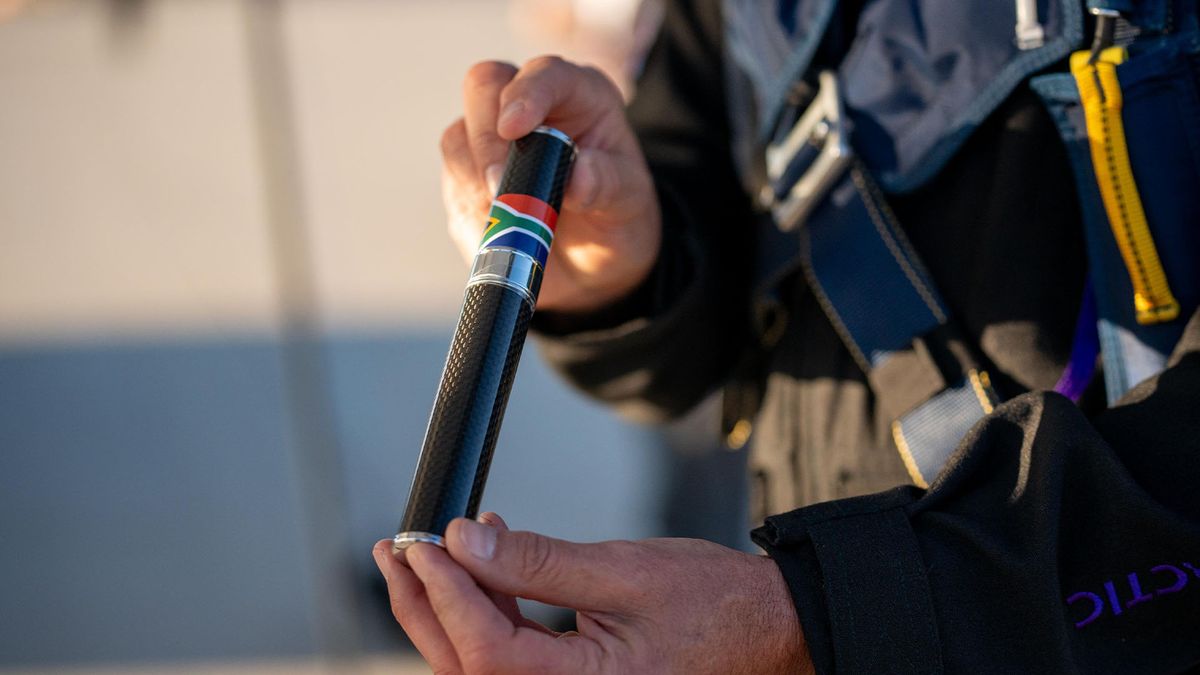
Scientists are calling the Virgin Galactic mission that carried the bones of Australopithecus sediba and Homo naledi to the edge of space a major ethical breach.
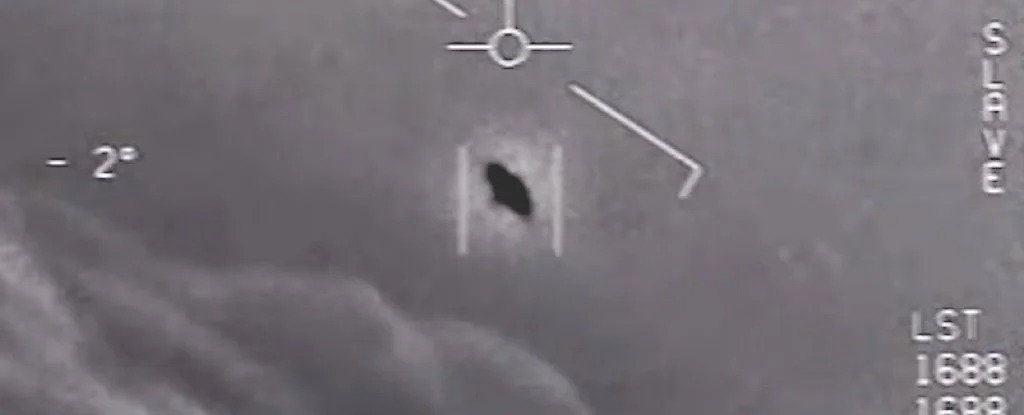
NASA commissioned a study team in 2022 to investigate such hard-to-easily-classify reports, and tomorrow, they’re revealing the highly anticipated findings at a media briefing
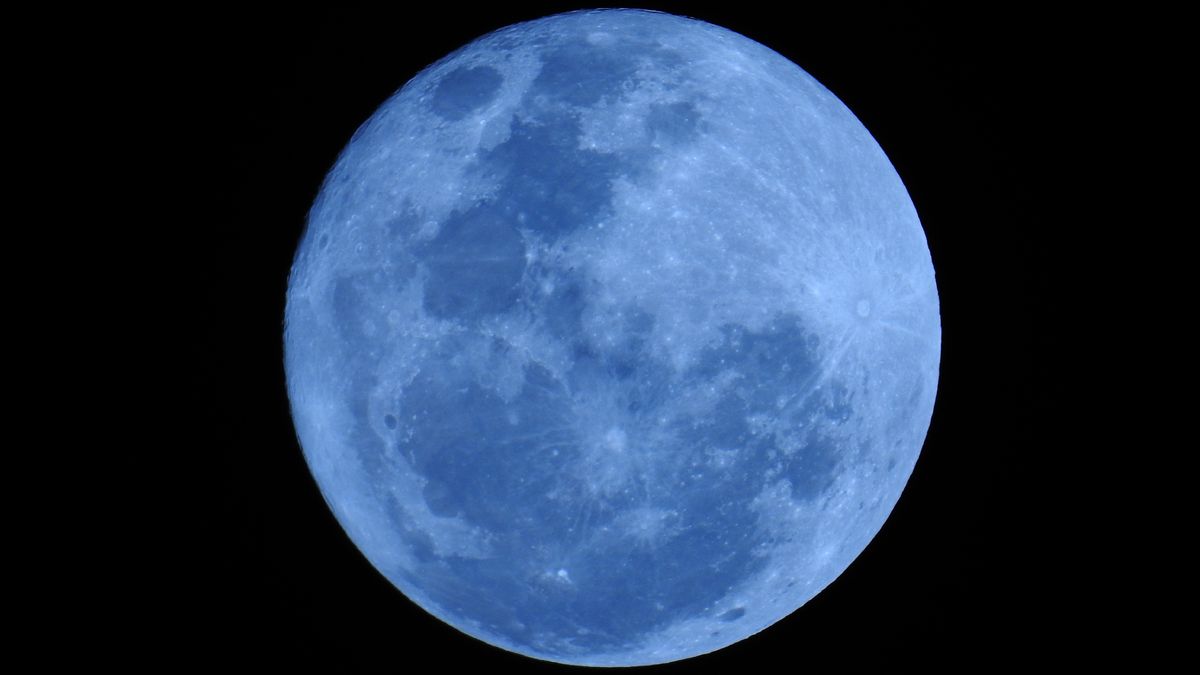
This will be the last Super Blue Moon until 2037.
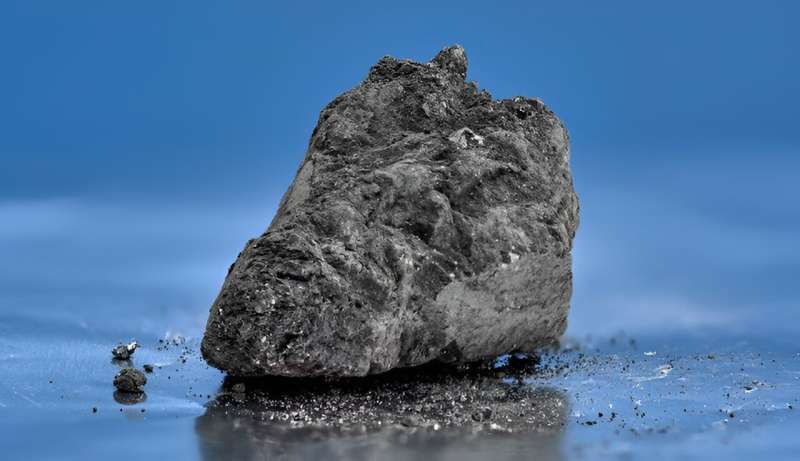
In a new paper published in Meteoritics & Planetary Science, researchers take a closer look at the minerals contained within the meteorite, its bulk elemental composition and water content.
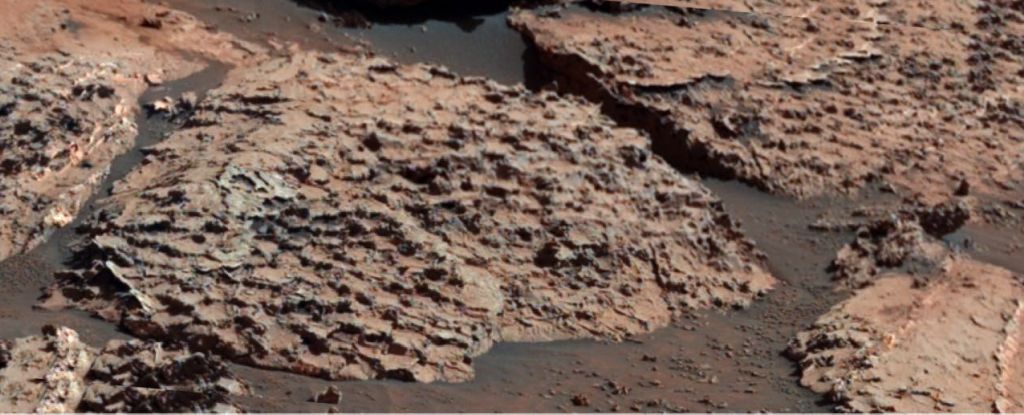
Mars may be a dry and barren wasteland now, but new evidence has emerged that this wasn’t always the way – and, moreover, that climate conditions changed, perhaps seasonally, in a way that may have been conducive to the emergence of life. See research here.





